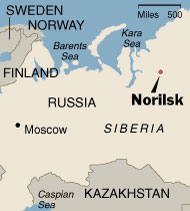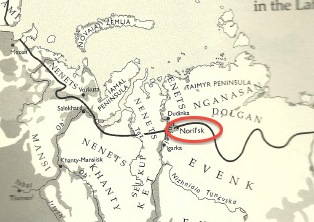An Inquiry into the Nature and Cause of the Wealth of Nations
Author: Adam Smith. A pioneering economist who developed revolutionary concepts associated with free market economic theory. He argued that rational people, acting in their own self-interest, could create en efficient economic system. He studied in England but was of Scottish decent. He was influenced by the Scottish Enlightenment.
Context: The work was published in 1776. It was published during the beginning of the industrial revolution in response to the outdated economic ideas of the time. The industrial revolution necessitated a new understanding of how a modern economic systems function.
Language: Very clear and concise; he argues his points with many examples and avoids using difficult rhetoric.
Audience: Intellectuals and Industry leaders of the day. Since the language is easily comprehended this work could also appeal to intellectually curious members of the middle and upper classes.
Intent: To explain how the division of labor leads to a boost in output. A team of workers, each of whom have one specific task, can produce a good far more efficiently than one man who must be versed in every phase of production.
Message: Industrialization and the division of labor provide societies with far more good than societies who are less developed and who do not capitalize on the advantages that the division of labor provides. The standard of living in industrialized societies is superior because goods are more numerous and attainable, so there is less disparity between the upper and lower class than in underdeveloped nations.
First Essay on Population (1798)
Author: Thomas Malthus. He was a highly educated Englishmen who had strong ties with the Church of England. He was well versed in the humanities, but also in mathematics. He argued against many popular opinions of the time, which is perhaps why he first published the work under the alias Joseph Johnson.
Context: Industrialization had spurred rapid population growth, especially in urban areas. Many Enlightenment thinkers who believed that society would continue to constantly improve without any hitches surrounded him. Some of his beliefs were in contrast with those of his friends, so he sought to cast doubt on their beliefs by pointing disconcerting population trends.
Language: Eloquent and declamatory. Does a good job hammering his point.
Audience: Targeted towards the intellectuals of the society. He originally wrote this piece in rebuttal to some of his enlightenment-influenced colleagues and friends. Although the text has many repercussions for everyday people, I doubt they composed much of the audience.
Intent: To prove that human society can never be perfected because if it is proven that it cannot be perfected in one particular area, then those who belief it can be perfected as a whole will be proven wrong.
Message: Humanity is trapped in a vicious cycle that coincides with food production and the population. When the population of a particular area reaches a certain point it will usher in a period of misery or vice because the demand for food exceeds the supply. Eventually the situation will become tolerable once again as food production is bolstered through human innovation, but this cycle will once again repeat itself as populations continue to grow past a certain threshold. This reality is unavoidable as it is inseparable form human nature. Thus humanity can never achieve perfection.


